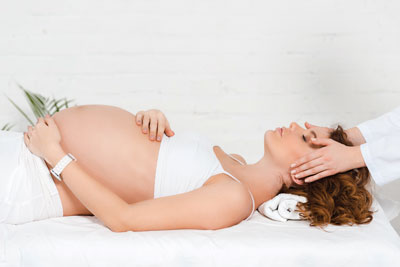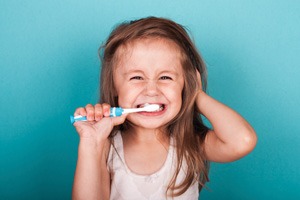
by Miki Hussein
Sunflower Holistic Massage
Pregnancy is exciting, life-changing and full of joy, but it can also be tiring. A growing bump often brings sore backs, swollen ankles, restless nights and more stress than you’d like. One simple way to ease some of that is with pregnancy massage. It’s gentle, safe, and designed to help you feel comfortable again. If you are expecting, massage can be a wonderful way to take care of yourself. Alongside reflexology and holistic facials, it helps you relax, release tension and feel more connected to your body as it changes.
Why massage helps during pregnancy
Your body is working harder than ever. As your bump grows, your centre of gravity shifts and that can mean discomfort in the lower back, hips and pelvis. A specially trained pregnancy massage therapist will use side-lying positions and supportive pillows so you feel secure. Massage eases tired muscles, improves circulation and can help with swelling in the feet and ankles. Many women also find they sleep better afterwards.
The National Childbirth Trust (NCT) and UK health professionals note that massage can reduce stress, improve posture, ease headaches caused by tension and help with mood. When your body feels more at ease, you’re more likely to rest well and cope better with the day-to-day.
The emotional side of massage
A lovely extra benefit of regular massage sessions during pregnancy or after birth is the chance to talk with someone who understands. A therapist experienced with maternity work has supported many women through the same ups and downs. That safe space to share how you’re feeling can be hugely reassuring. You might discover that the odd sensations, strange twinges or concerns you’ve noticed are all perfectly common. Sometimes just hearing “That’s normal” is enough to put your mind at ease.
Other supportive therapies: reflexology, facials and holistic treatments
Massage isn’t the only option. Reflexology is a gentle therapy using pressure points on the feet that link to different areas of the body. Many mums-to-be find it helps ease backache, nausea or water retention, as well as promoting better sleep.
Holistic facials can also be a treat in pregnancy. Hormonal changes often affect skin, leaving it dry, oily or more sensitive. A pregnancy-safe facial using gentle products soothes, hydrates and gives you a glow without irritation. These treatments are relaxing as well as practical, helping you feel cared for when your body is changing.
Why organic products matter
Your skin is your body’s largest organ, and while there’s no need to worry, it makes sense to choose carefully what you put on it. During pregnancy skin is often more sensitive, so organic products are a great choice. Therapists who use Soil Association certified skincare avoid unnecessary chemicals and synthetic fragrances. It’s about peace of mind, knowing that what’s being massaged into your skin is safe for both you and your bump.
Safety and timing
NHS advice says that massage is generally safe after the first trimester if you’re healthy, but always check with your midwife or GP if you have complications. Some oils aren’t suitable, and positions need adjusting, so it’s important to see a therapist who is trained in maternity work. Reflexology and facials are also safe when carried out by someone experienced in pregnancy care.
After the baby arrives
Massage doesn’t stop being useful once your little one is here. Postnatal massage helps with tired shoulders from feeding, sore backs from carrying and the general exhaustion of those early weeks. It boosts circulation, aids recovery and gives you precious time to recharge.
Reflexology or a calming facial can also be lovely ways to feel balanced again. Having that hour to yourself is more than pampering; it’s an investment in your wellbeing and helps you feel stronger, calmer and ready to enjoy time with your baby.
Putting it all together
Imagine this: you wake up, bump feeling heavy, back sore from sleep. After a pregnancy massage you feel lighter, more mobile, tension lifted from your shoulders. That evening you finally get a deeper sleep. Add in the relaxation of reflexology or the freshness of a holistic facial and the benefits build week by week. Less stress, fewer aches, more comfort and more confidence.
Pregnancy massage and other holistic therapies are not indulgences. They are supportive, practical ways to make life easier and more enjoyable during this special time – and beyond.
Miki is a mum of four and a therapist with over 20 years’ experience. She has treated hundreds of pregnant women, and while she works with all kinds of clients, supporting mums-to-be is what she loves most. Based in Worthing, Miki uses beautiful organic products such as Pink’s Boutique, and also offers reflexology and holistic facials in a calm, caring space. For further information please visit www.sunflowerholisticmassage.com














